Whether you need a lush 3D tree model for an outdoor scene or a subtle 3D grass model for a garden, picking the right models adds depth and life to your projects. This guide offers practical tips on selecting models like 3D flower models, 3D indoor plant models, and 3D outdoor plant models that fit perfectly in any space, enhancing the look and feel of your designs.
Understanding Scale and Environment
Choosing the right scale for your 3D models is fundamental. The 3D outdoor plants model and the 3D indoor plants model should complement the scene's scale to achieve realism. For expansive outdoor landscapes, consider using 3D tree models, as they can serve as focal points and structure the entire scene. Smaller 3D grass models are excellent for covering vast areas without distracting from key elements.
- Evaluate the scope of your project to determine the appropriate model size.
- Use larger models like the 3d tree model for broad scenes to create a natural depth.
Smaller plants and intricate details become necessary in areas closer to the viewer or for more detailed scenes. It's all about creating a balanced environment where each model contributes to a cohesive whole without overwhelming the viewer.
Choosing Models for Different Settings
The setting of your visualization greatly influences your choice of 3D plant models. For interior scenes, select 3D indoor plant models that can enhance the space without crowding it. These models come in various shapes and sizes, perfectly matching the room’s aesthetics and scale.
- Look for species that complement indoor lighting and furniture.
- Choose models that add a touch of nature to interiors without being overpowering.
Robust 3D outdoor plant models are essential for exterior visualizations. These models should offer visual interest and complexity to your landscapes, adding layers and texture to garden designs or urban settings.
- Opt for durable and versatile plant models suitable for outdoor scenes.
- Consider the environmental conditions of your scene to select appropriate species.
The right choice here helps create an engaging and believable outdoor environment that resonates well with your project's setting.
Detail and Complexity
The level of detail in your 3D flower model and other plant models can significantly impact both the rendering time and the realism of your scene. Highly detailed models, such as intricate 3D tree models, are ideal for close-up views where every texture and color variation can be appreciated.
- Use high-resolution models for focal points to capture attention.
- Balance detail with rendering efficiency to maintain performance.
However, less complex models may suffice in areas where the focus is more on the broader scene. These simpler models can efficiently fill space and provide background texture without distracting from the main elements of the scene.
- Employ simpler models for background areas to save on rendering time.
- Choose less detailed models that still offer a realistic look from a distance.
Selecting the right detail level for each part of your scene ensures a visually appealing and technically efficient project. Properly using detailed and simpler models can make all the difference, whether it’s a lush interior space or a broad landscape.
Seasonality and Lighting
When choosing plant models, consider the season depicted in your project. Each 3d tree model should match the seasonal characteristics expected in the scene. For example, bare branches or snowy limbs would be essential for a winter scene, while lush, green foliage would suit a summer landscape. This attention to seasonal details enhances the realism of your visualizations.
Lighting is equally crucial and should be considered with your chosen plant models. Here’s how light can impact your scene:
- Sunlight and Shadows: The way light filters through a 3d tree model can create dynamic shadows that enhance the depth and texture of your scene.
- Reflections on Leaves and Petals: Light reflecting off the surfaces of 3D grass or a 3D flower model can add vibrancy and life, making the scene more inviting.
Optimizing for Performance
Balancing visual quality with performance is important, especially in complex scenes. Here are some tips to maintain this balance:
- Use Detailed Models Where Necessary: Place high-detail models, such as intricate 3D outdoor plants or 3D indoor plants, in the foreground where they catch the viewer’s attention.
- Simplify Background Vegetation: Use less detailed models for background vegetation to save on rendering time and resources without compromising the overall quality of the scene.
This approach ensures that your scenes are beautiful and technically efficient, providing a smooth viewing experience.
Integration with Other Elements
Integration is key to creating a unified scene. Your chosen 3d grass model, 3d flower model, or 3d tree model should harmonize with your project's architectural and environmental elements. Here’s how you can achieve a cohesive look:
- Scale and Proportion: The size and shape of the plants should be in proportion to the other elements in the scene.
- Color Matching: Choose plants whose colors complement the overall color scheme of your environment, enhancing visual harmony.
By carefully selecting and placing your plant models, you can create a seamless and believable environment that feels natural and engaging.
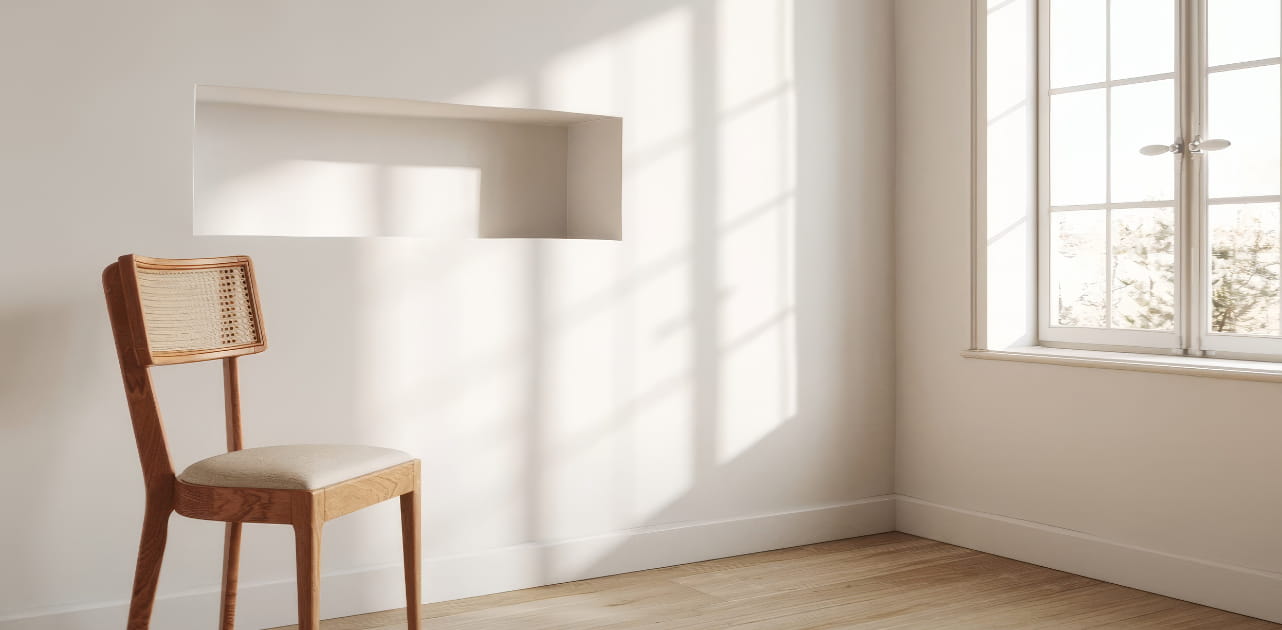 How To Make Your CGI Walls More RealisticRealistic walls with noise modifier.
How To Make Your CGI Walls More RealisticRealistic walls with noise modifier.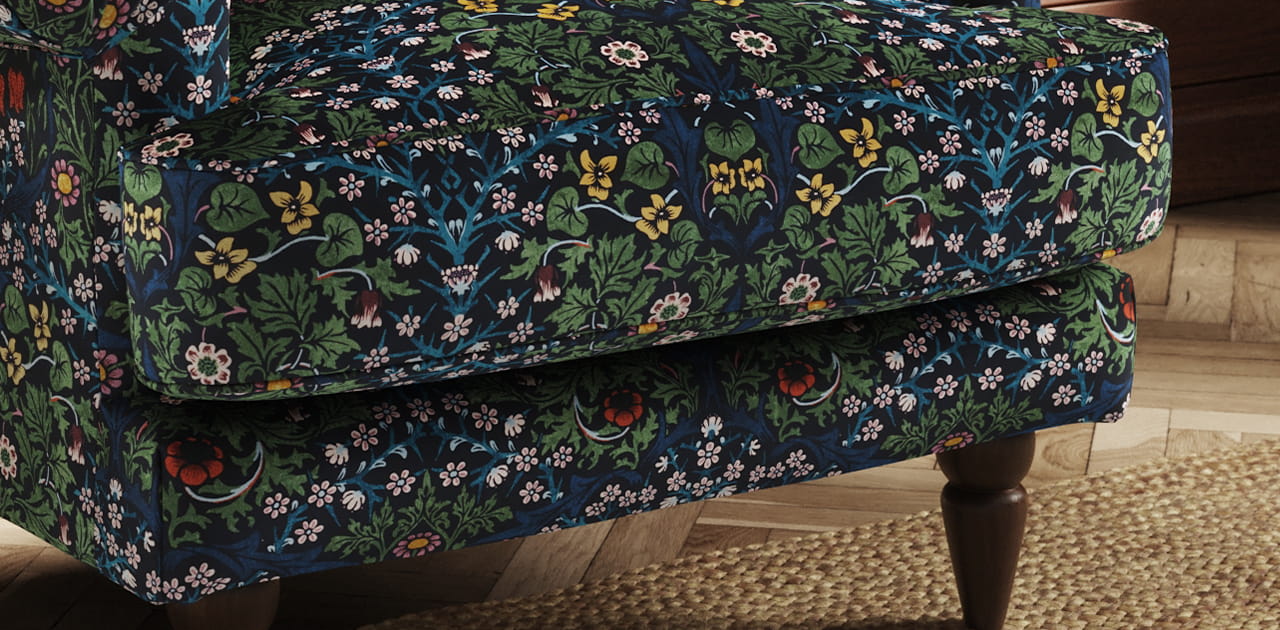 Removing LUTs from Textures for better resultsRemove the LUT from a specific texture in order to get perfect looking textures in your render.
Removing LUTs from Textures for better resultsRemove the LUT from a specific texture in order to get perfect looking textures in your render. Chaos Corona 12 ReleasedWhat new features landed in Corona 12?
Chaos Corona 12 ReleasedWhat new features landed in Corona 12?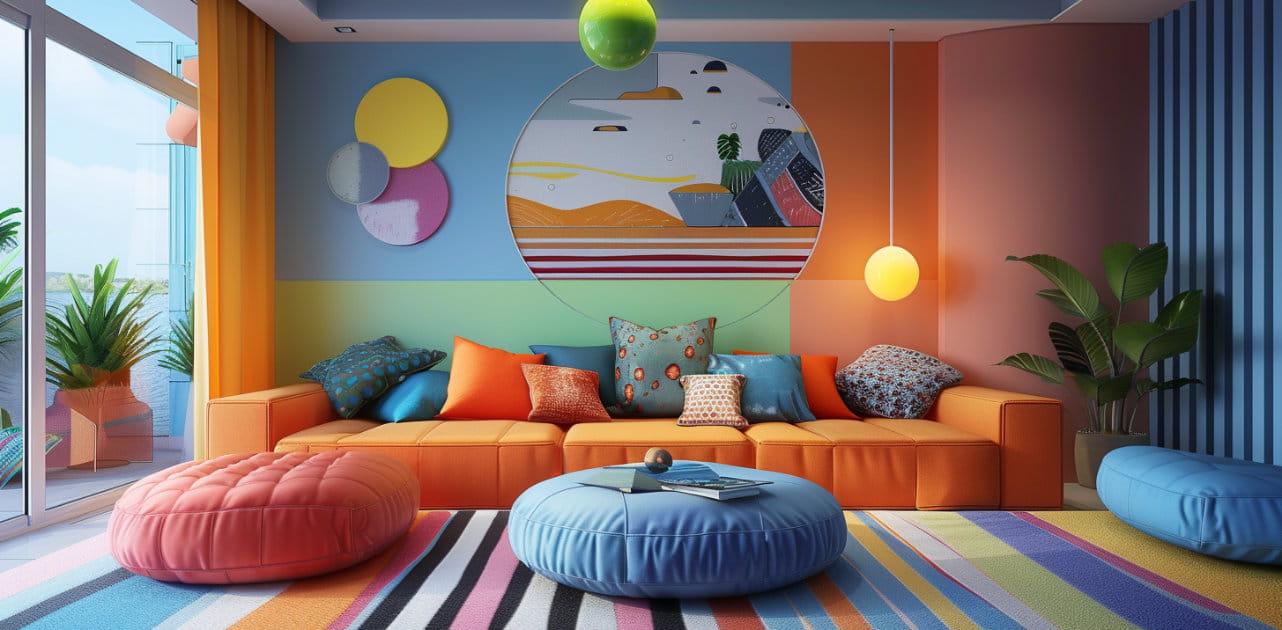 OCIO Color Management in 3ds Max 2024Color management is crucial for full control over your renders.
OCIO Color Management in 3ds Max 2024Color management is crucial for full control over your renders.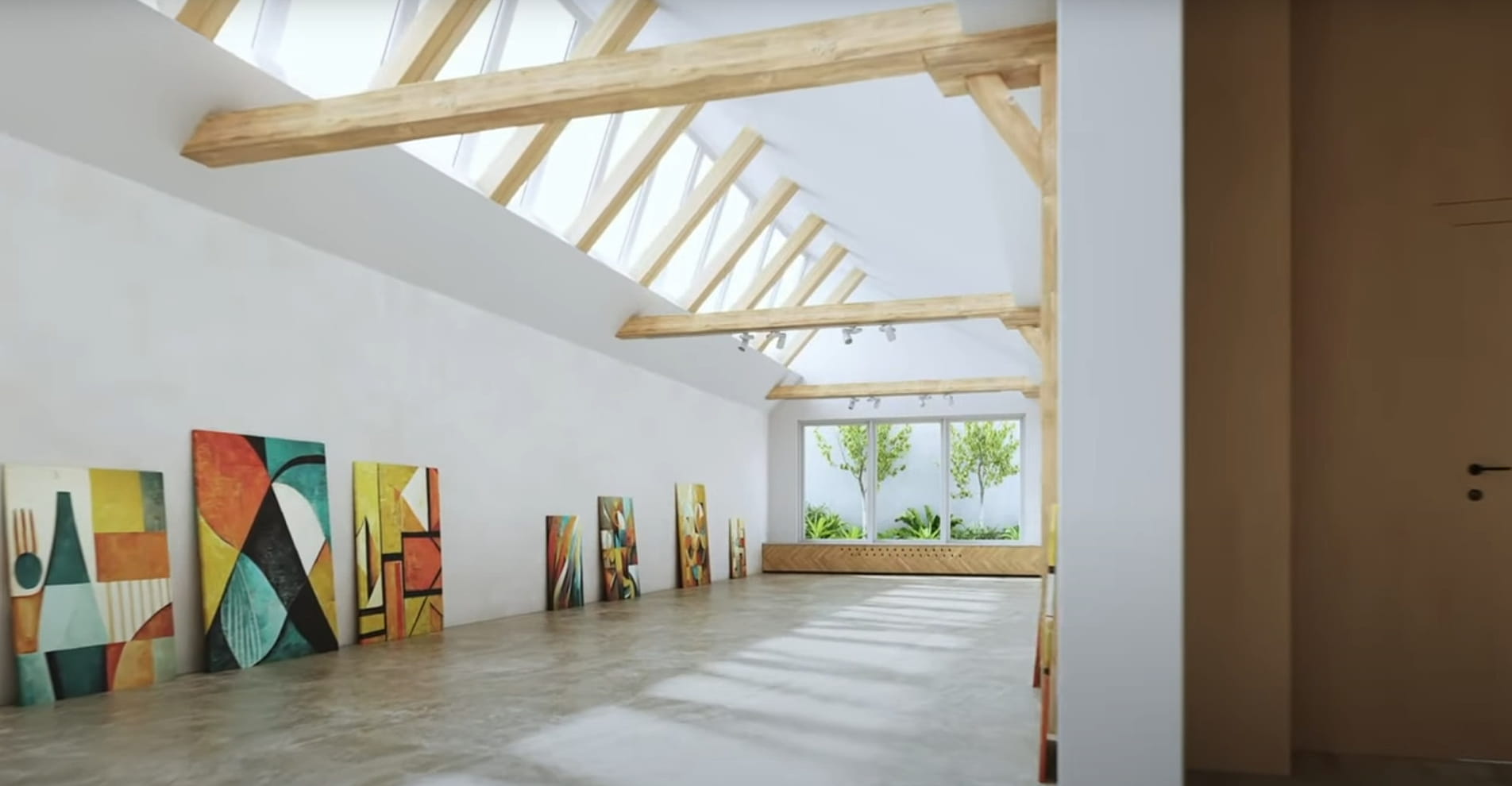 A look at 3dsMax Video SequencerDo you know that you can edit your videos directly in 3ds Max? Renderram is showing some functionalities of 3ds Max's built in sequencer.
A look at 3dsMax Video SequencerDo you know that you can edit your videos directly in 3ds Max? Renderram is showing some functionalities of 3ds Max's built in sequencer.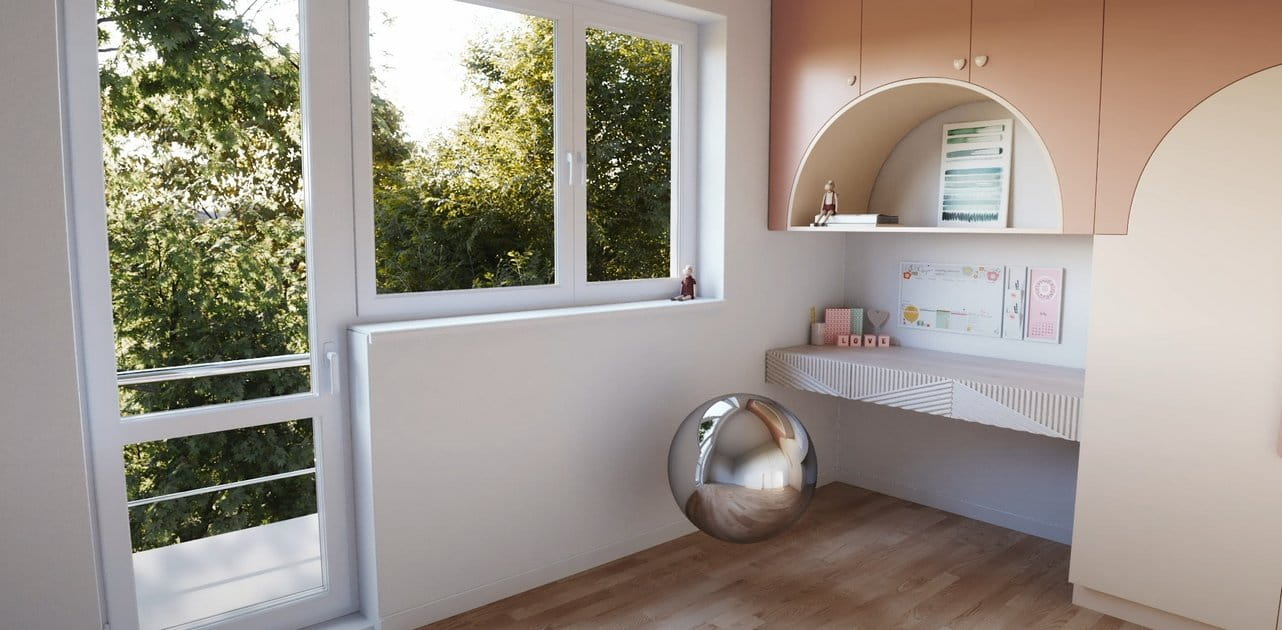 FStorm Denoiser is here - First ImpressionsFirst look at new denoising tool in FStorm that will clean-up your renders.
FStorm Denoiser is here - First ImpressionsFirst look at new denoising tool in FStorm that will clean-up your renders.Customer zone
Your special offers
Your orders
Edit account
Add project
Liked projects
View your artist profile



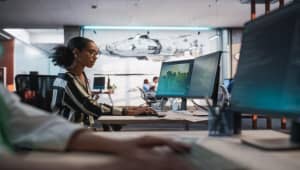
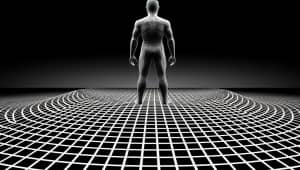


















COMMENTS